A pioneer in growing flowers in greenhouses, Mr. Nguyen Dinh My, 55 years old, never imagined that one day Da Lat would have to pay the price for a model that was once considered the agriculture of the future.
Moving from Hue to Da Lat to start a business in the 1950s, Mr. My's family represents a generation of migrants from the "hot pot" provinces of Central Vietnam to this cool highland. They took advantage of the mild climate and diverse flower varieties, gradually developing the farming profession, building the famous Thai Phien flower village.
27 years ago, Mr. My was one of the first people in Da Lat to experiment with growing flowers in greenhouses - a method that was unfamiliar to most farmers at that time. The model appeared in the 1990s, when some foreign companies applied it to grow imported vegetables and flowers. This method yields nearly double the yield compared to growing in the wild, because the sun and rain are no longer "a matter of heaven", but are within the reach of farmers like Mr. My.
Seizing the opportunity, he quickly started building a greenhouse with all pillars and frames made of bamboo, covered with flexible plastic nylon film, costing about 18-20 million VND - about 3 taels of gold at that time. The quick experiment gave positive results. Chrysanthemums have more beautiful colors when grown outdoors, are even in size, and have high productivity. 1,000 m2 can generate an income of about 100 million VND per year.
Over the next 5 years, Mr. My invested and saved, expanding the initial 300 m2 greenhouse to 8,000 m2. His flowers, which were only sold locally, now spread nationwide. Thanks to the profits from the greenhouse flower growing model, his family's life gradually improved, he was able to build a house and send his children to school.
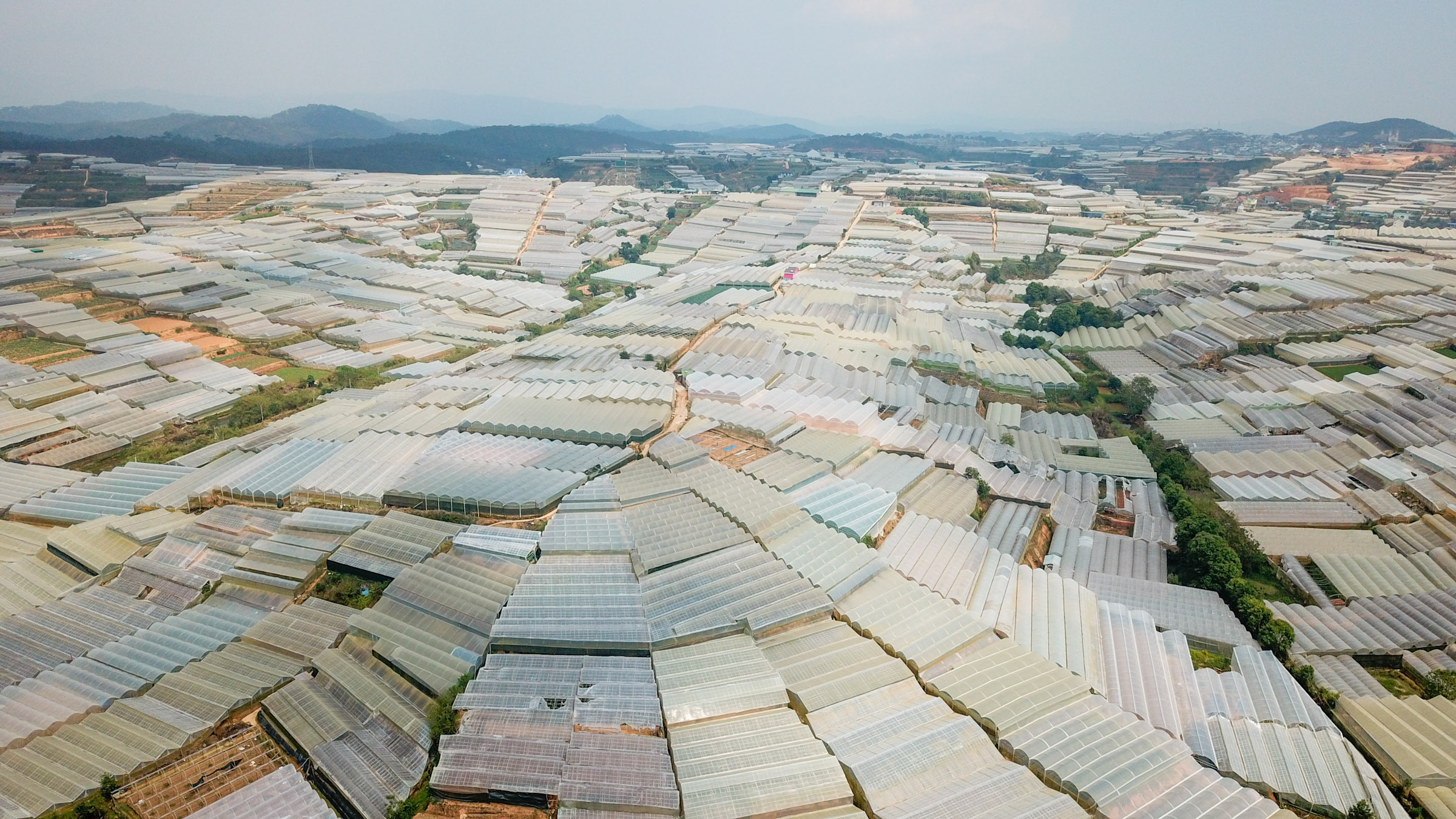
Trade-off
In the 2000s, growing flowers in greenhouses became a trend in the agricultural industry in Da Lat, under the name of "high-tech agriculture". In 2004, Lam Dong's agricultural sector had a separate development project for this model. With the encouragement of the state, greenhouses sprang up like mushrooms after the rain, especially in the flower villages of Thai Phien, Ha Dong, and Van Thanh. From being built with crude bamboo, the houses were gradually converted to iron frames with an investment cost of hundreds of millions of dong.
"Because it's profitable, everyone rushes to do it," Mr. My said.
More than a decade after investing in this type of business, Mr. My’s flower village has improved significantly. Farmers have saved money by growing flowers in greenhouses. Flower villages have taken on a new look. Dilapidated level 4 houses have been replaced by high-rise buildings and villas. Many people have even bought cars. For several years, greenhouses have been mentioned in local reports as a proud achievement in applying high technology to agriculture.
But the greenhouse has deformed Dalat.
The "Spring City" has gradually changed from being covered in green pine forests to the opaque white of greenhouses. After more than 30 years since the first model appeared, Da Lat now has 2,907 hectares of greenhouses, accounting for more than 60% of the city's vegetable and flower growing land. Greenhouses are built in 10/12 inner-city wards, densely in ward 12 when the greenhouse ratio accounts for 84% of the cultivated area; followed by wards 5, 7 and 8 with over 60%.
From the initial excitement, over time, Mr. My gradually felt the downside. The greenhouse was hotter than outside due to light radiation, and accumulated many toxic substances from spraying pesticides on the flowers.
"I still have to work for the economy, for life," Mr. My explained.
Experts studying Da Lat all agree that not only farmers, but the whole city is paying the price for the massive greenhouse development. In recent years, the image of flooded mountain towns has appeared with increasing frequency and the consequences are increasingly serious. Like Ho Chi Minh City or Hanoi, Da Lat now also has "flooding navels" every time it rains such as: Nguyen Cong Tru, To Ngoc Van, Truong Van Hoan, Ngo Van So... Many vegetable and flower gardens along Trang Trinh and Cach Mang Thang Tam streets are often submerged from 0.5 to 0.8 m.
Most recently, on the afternoon of June 23, about 30 minutes of rain caused many streets at the end of Cam Ly stream such as Nguyen Thi Nghia, Nguyen Trai, Phan Dinh Phung, Mac Dinh Chi... to be flooded by half a meter. The water rushed, swept away cars, and flooded into people's houses. This was the most severe flooding in the past two years, after the rain in September 2022.
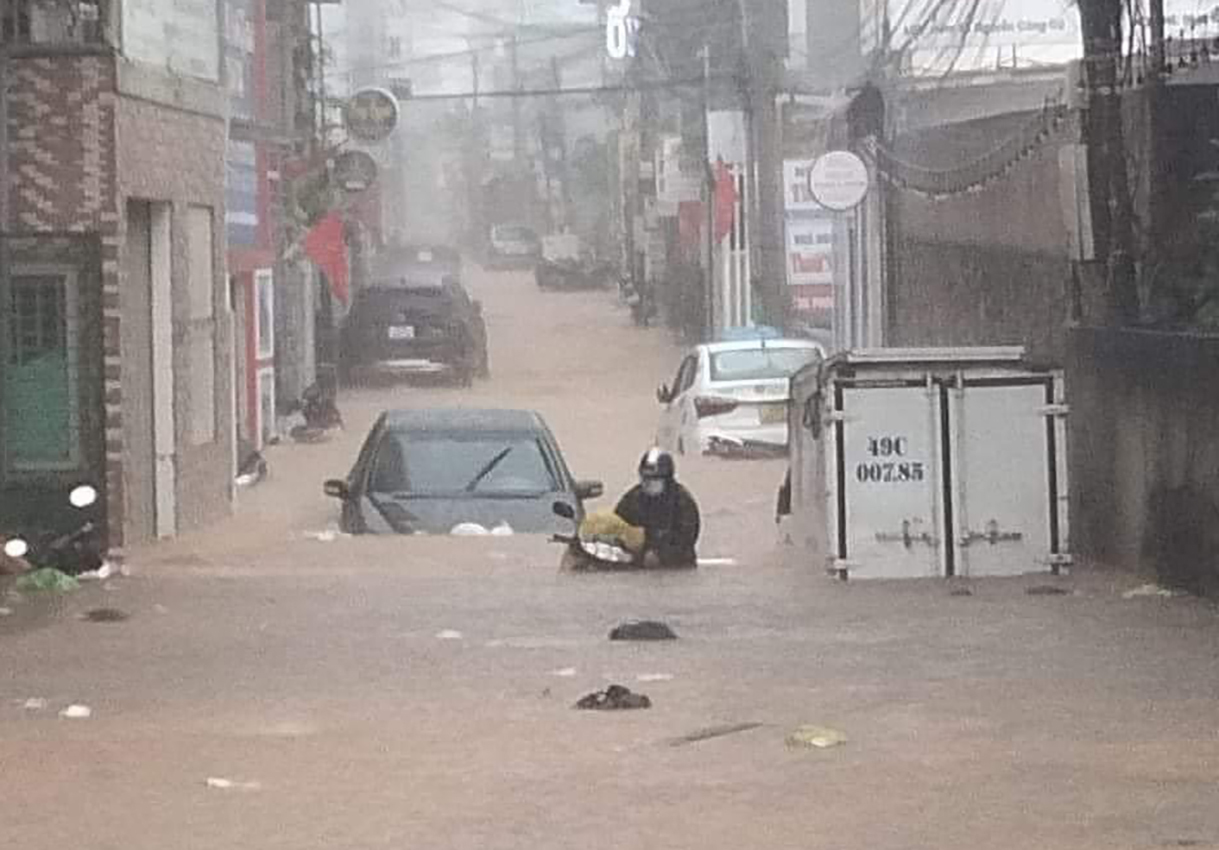
Along with flooding, landslides are also occurring with greater density and severity. According to statistics from the Institute of Geological Sciences and Mineral Resources, Da Lat City currently has 210 landslides and subsidence points, mainly on traffic routes. This is also one of the four localities assessed to have a high to very high risk of landslides in Lam Dong, along with Lac Duong, Di Linh and Dam Rong districts.
The Institute assessed that Dalat has 10% of its area at very high risk of landslides, 42% high, and 45% medium; only 3% of the area is at low risk. Over the past 10 years, this locality has suffered nearly 126 billion VND in damage due to natural disasters, including landslides.
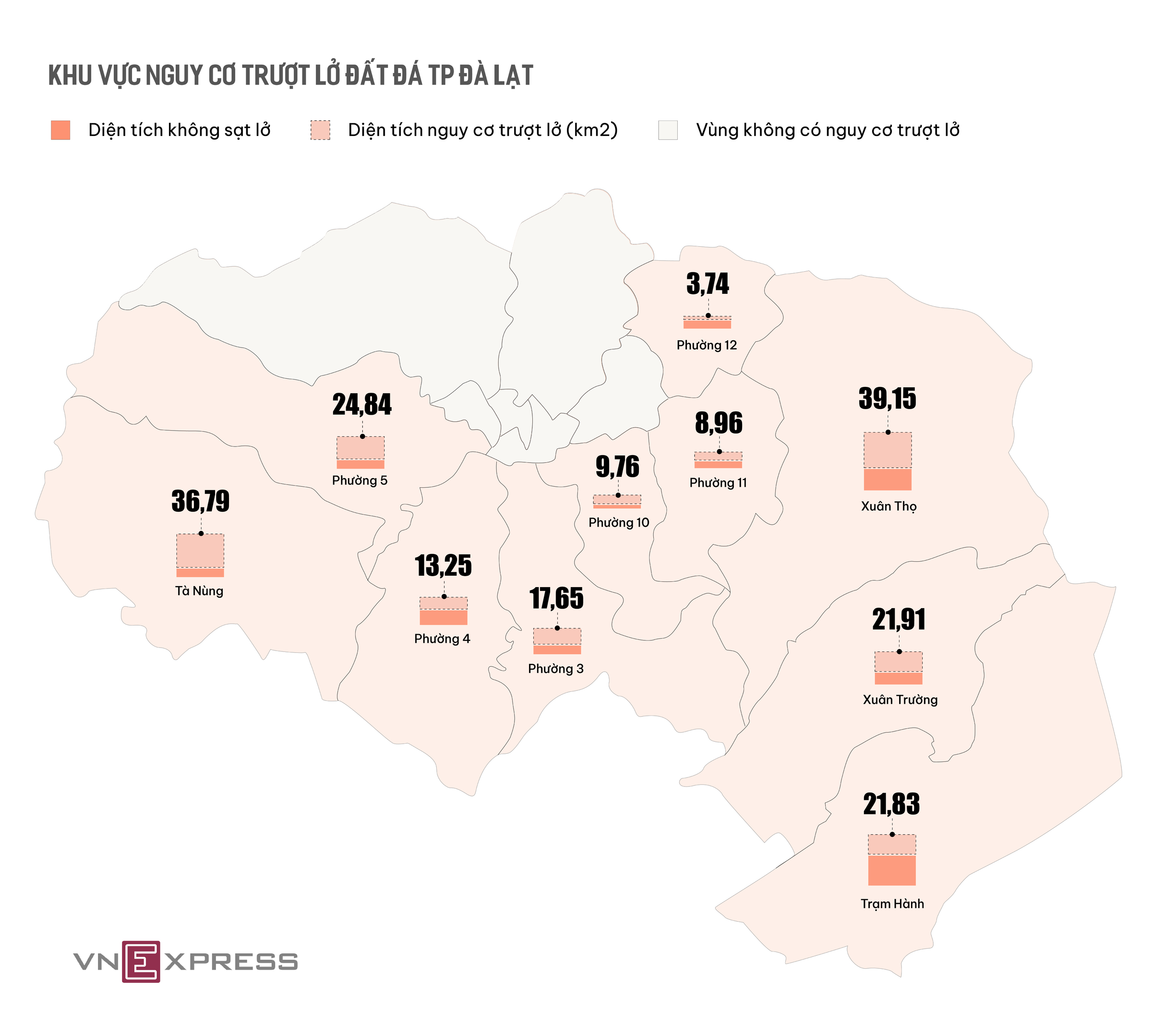
At the end of 2021, hundreds of cubic meters of soil on the hill on Khe Sanh Road broke and slid down the valley, more than 50 meters deep. The rocky embankment, trees and a level 4 house were buried, fortunately causing no casualties. The landslide caused widespread shaking, causing 7 3-4 story houses to crack open, leaving their foundations exposed. The authorities had to urgently evacuate many surrounding households.
In the last two days of June, Da Lat suffered 13 consecutive landslides throughout the city. Among them, the landslide on Hoang Hoa Tham Street on the morning of June 29 killed 2 people, injured 5 others and damaged many villas.
Encroaching on streams and filling lakes
Greenhouses are the main cause of soil erosion, degradation, flash floods, and inundation in Da Lat, according to Professor Nguyen Mong Sinh, former Chairman of the Lam Dong Province Union of Science Associations.
"The soil has no place to soak, the greenhouse is covered so the rain flows in streams, the roof layers are connected together to create a large flow, wherever it flows, it erodes," Mr. Sinh explained.
According to the Lam Dong Provincial Department of Crop Production, the greenhouses of farmers are designed close to drainage canals, without leaving any space. In many places, houses encroach on streams, blocking the flow. Most of the projects do not have a system of ponds, lakes, or drainage ditches. People living near the wastewater discharge line are connected to the public drainage system, and some households even let the wastewater flow directly onto the road. In areas without a separate rainwater system, the water flows naturally into the stream.
Sharing the same view, the Central Highlands Agricultural and Forestry Science and Technology Institute said that densely built greenhouses and net houses adjacent to residential areas limit the growth of trees, preventing rainwater from draining away. As a result, the soil contains a large amount of water. When there are unusual rains, erosion occurs very strongly. However, this agency said that this is only one cause, and cannot be blamed entirely on greenhouses and net houses.
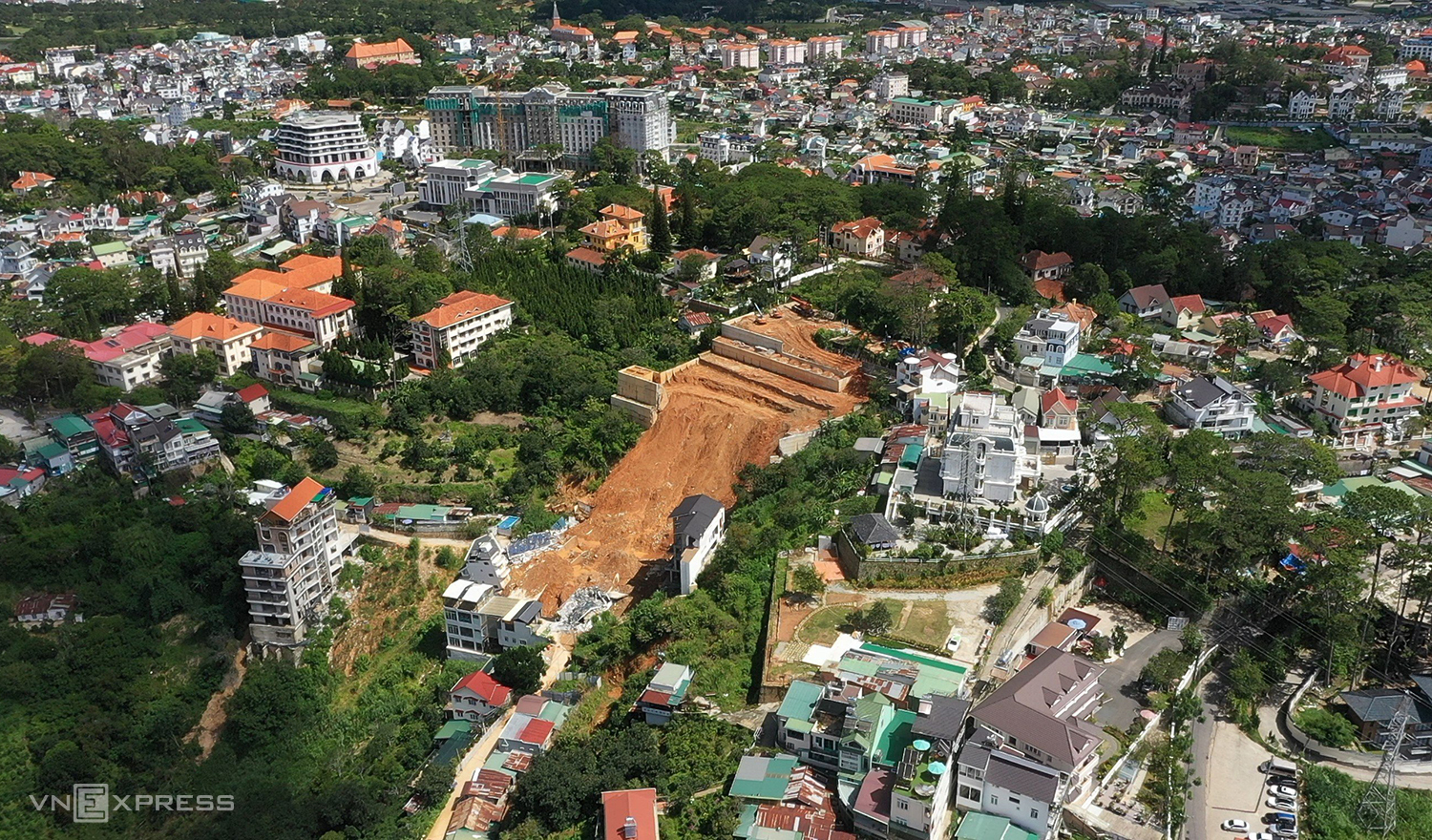
Born and raised in Da Lat, Mr. Khieu Van Chi (67 years old, engineer) witnessed the city's lakes and streams getting smaller every year, along with serious floods, causing greater damage.
"There's nowhere left to put water," he said.
Da Lat has a mountainous terrain, so flash floods have existed since ancient times. However, the damage is not severe because there are many large artificial reservoirs. Specifically, the Thai Phien basin has Than Tho Lake, Chi Lang has Me Linh Lake. Downstream of Thai Phien and Chi Lang has Xuan Huong Lake, along with auxiliary lakes for small basins such as Tong Le Lake for Cu Hill basin, Doi Co Lake for Vo Tanh Hamlet basin, Thanh Mau basin upstream of Phan Dinh Phung stream has Van Kiep Lake...
Mr. Khieu recalled that in the past, when it rained heavily, water flowed into these lakes. With a system of dams and sluice gates, people could limit and regulate floods.
Later, houses gradually encroached on forest land and regulating lakes. Van Kiep Lake was "erased", Me Linh Lake and Than Tho Lake were encroached upon, their areas were narrowed and silted up. Sub-lakes such as Doi Co and Tong Le were both narrowed in area and the sewers connecting to the large lakes. The stream flowing from Dong Tinh and Nguyen Cong Tru areas when crossing Phan Dinh Phung Street used to be an open canal, but now it has become a closed sewer. Both sides of the river used to be vegetable gardens and reed banks, but now houses are close together.
Da Lat currently has only Cam Ly stream as its main drainage axis. The stream bed is small, but has not been dredged, only 10-20% of its original width remains. The flow is obstructed, heavy rain, water cannot drain in time leading to flooding. Typically, the 3km stream from Thai Phien Lake to Than Tho Lake, each heavy rain causes flooding of flower gardens on both banks.
According to architect Ngo Viet Nam Son, from the first planning documents, the French paid great attention to water surface space by taking advantage of the terrain, rivers and streams and building artificial regulating lakes. The purpose was to beautify the landscape and reduce flooding, then plan other spaces for housing and urban areas. However, later on, the water surface space was no longer maintained as it was originally.
"Drainage infrastructure has not been invested in, the rainwater drainage system has not been separated from domestic wastewater, so not only does flooding increase, but it also causes environmental pollution. Meanwhile, Da Lat is developing rapidly, building houses continuously," Mr. Son worried.
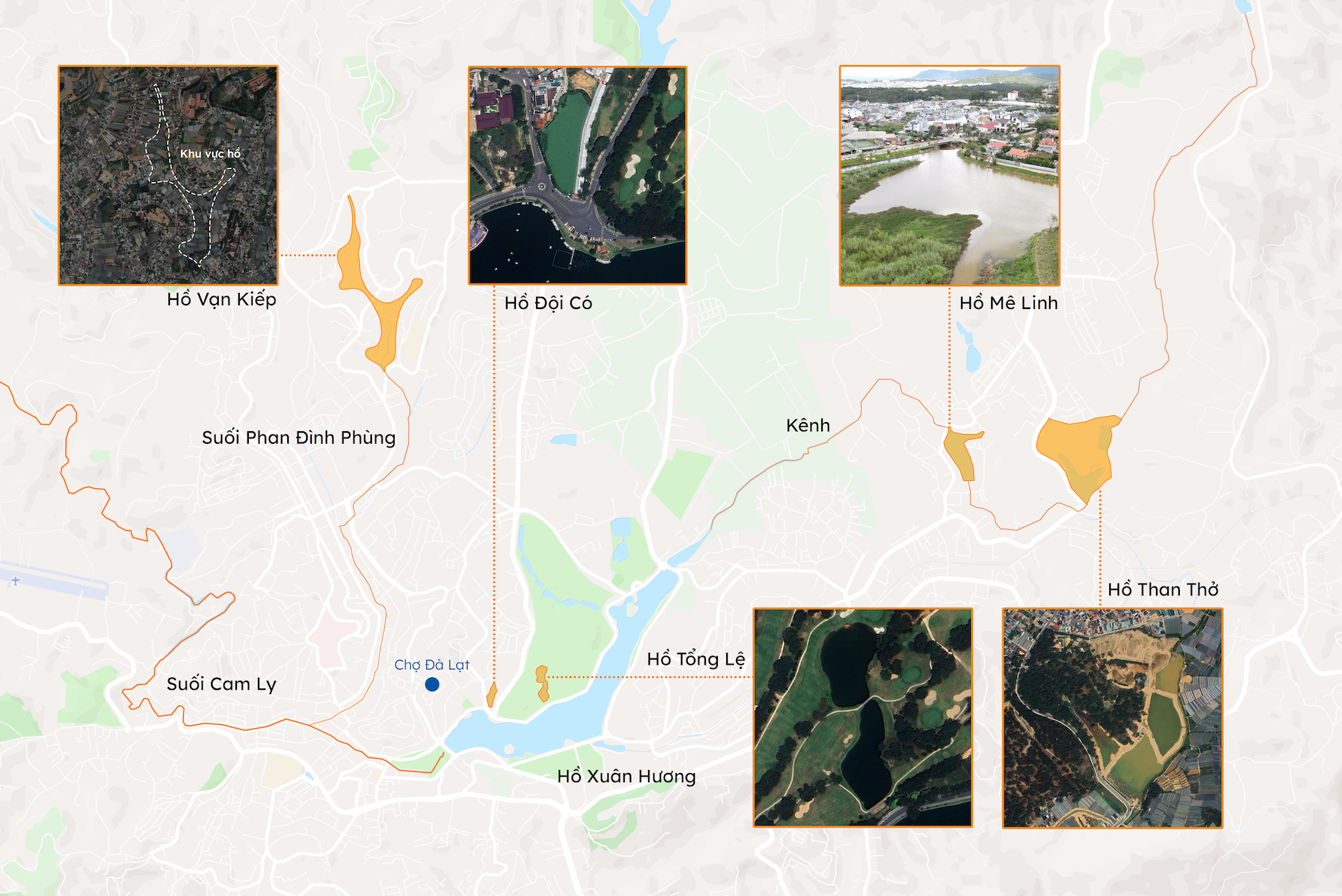
Overload
This highland region is burdened with too much as its population is increasingly crowded. In the past, the famous flower villages of Da Lat were built thanks to the wave of immigration. Thai Phien flower village was mostly from Hue, Binh Dinh, and Quang Ngai. Ha Dong flower village was formed by immigrants from Hanoi, and Van Thanh flower village was established by people from Ha Nam. This class of immigrants has been creating a new generation in Da Lat.
"A family with 3-4 children, if they don't go to Saigon to work, will have to divide the land, build houses, and add new immigrants. In the past, you could only see one house from one side to the other, but now the houses are close together," said Mr. Nguyen Dinh My.
Along with the local population explosion, the "dream city" is welcoming more residents from developed cities such as Hanoi and Ho Chi Minh City. However, Da Lat was not prepared for this wave of immigration.
In 1923, the planning project of Da Lat by architect Hébrard had the idea of "a city in the grass and trees in the city". At that time, Da Lat had 1,500 people, planned an area of 30,000 hectares, serving 30,000-50,000 people. Exactly a century later, Da Lat expanded to 39,000 hectares, with a population of about 240,000 people, an increase of more than 150 times, and nearly 5 times higher than the planning orientation 100 years ago.
The increase in population creates pressure on housing. Illegal migrants from other localities come to Da Lat to buy land with handwritten papers, build houses without permission, and against planning. A typical example is the residential area on Khoi Nghia Bac Son Street in Wards 3 and 10, before 2016 there were only over 180 households but now there are about 100 more households outside the planning. The authorities have met many times but have not been able to resolve the issue completely.
Not only attracting residents, the "foggy city" is also an attractive destination for tourists. In 2006, there were only 1.32 million visitors to Da Lat, but by 2022 it reached 5.5 million, only decreasing during the two Covid years. To meet the accommodation needs of tourists, the number of accommodation establishments increased from 538 in 2006 to 2,400 in 2022, a four-fold increase.
Space for houses, villas, hotels, homestays has sprung up around the city and along the hills, reducing the forest area. The forest cover rate decreased from 69% in 1997 to 51% in 2020. In particular, the inner-city pine forest decreased from 350 hectares in 1997 to 150 hectares in 2018, meaning that more than half of the area has been lost in more than 10 years, according to statistics from the Department of Agriculture and Rural Development of Lam Dong.
Faced with the negative effects of rapid development in Da Lat, the Lam Dong provincial government has reviewed and found solutions to change. Based on the suggestions of scientists, over the past 5 years, the authorities have held many meetings to discuss ways to reduce the greenhouse model. At the end of 2022, Lam Dong Vice Chairman Pham S announced a plan to completely eliminate greenhouses in the inner city of Da Lat before 2030, leaving only areas in the outlying communes. Many implementation roadmaps have been outlined to move towards effective outdoor farming methods.
Space for urban and housing development is also being adjusted by Lam Dong province in the direction of urban expansion towards satellite areas such as Lac Duong, Lam Ha....
Along with that, the government invited Japanese experts to survey and consult on solutions to respond to landslides; urban drainage experts to re-evaluate the entire drainage system, and at the same time focus investment resources on this issue.
Contrary to the calls 10 years ago, the model of growing flowers and vegetables in greenhouses is no longer encouraged in the center of Da Lat. Some residents have also begun to "reconsider" the hot development of the city in recent years, of which they are a part.
Mr. Nguyen Dinh My chose to buy more land in Lac Duong district - 23 km from Thai Phien flower village - to expand the greenhouse flower growing model. "This model is developing rampantly in the city. The government must do something about it, this is not good," he said, worrying about the negative side of the greenhouse flower growing model.
For people like Mr. Khieu Van Chi, some losses are just memories. Pointing to a spot on the map, the 67-year-old man said that this used to be Van Kiep Lake, one of the symbols of old Da Lat, but now the land is only covered with white glass houses.
Content: Pham Linh - Phuoc Tuan - Dang Khoa
Graphics: Dang Hieu
Source link



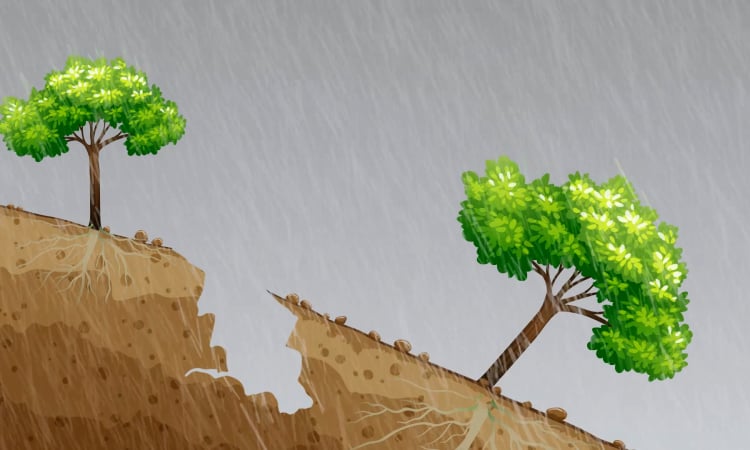
![[Photo] The two Prime Ministers witnessed the signing ceremony of cooperation documents between Vietnam and Ethiopia.](https://vstatic.vietnam.vn/vietnam/resource/IMAGE/2025/4/15/16e350289aec4a6ea74b93ee396ada21)
![[Photo] Welcoming ceremony for Prime Minister of the Federal Democratic Republic of Ethiopia Abiy Ahmed Ali and his wife](https://vstatic.vietnam.vn/vietnam/resource/IMAGE/2025/4/15/77c08dcbe52c42e2ac01c322fe86e78b)

![[Photo] National Assembly Chairman Tran Thanh Man attends the summary of the organization of the Conference of the Executive Committee of the Francophone Parliamentary Union](https://vstatic.vietnam.vn/vietnam/resource/IMAGE/2025/4/15/fe022fef73d0431ab6cfc1570af598ac)
![[Photo] General Secretary To Lam receives Ethiopian Prime Minister Abiy Ahmed Ali](https://vstatic.vietnam.vn/vietnam/resource/IMAGE/2025/4/15/086fa862ad6d4c8ca337d57208555715)
![[Photo] Prime Minister Pham Minh Chinh holds talks with Ethiopian Prime Minister Abiy Ahmed Ali](https://vstatic.vietnam.vn/vietnam/resource/IMAGE/2025/4/15/4f7ba52301694c32aac39eab11cf70a4)


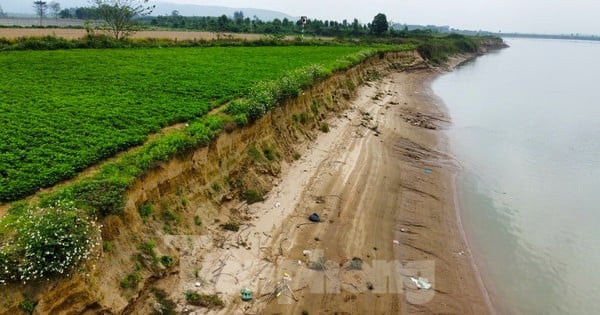

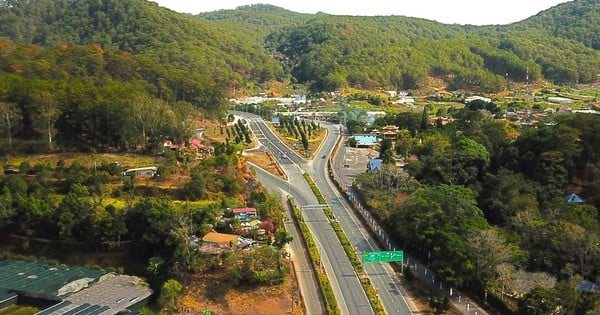

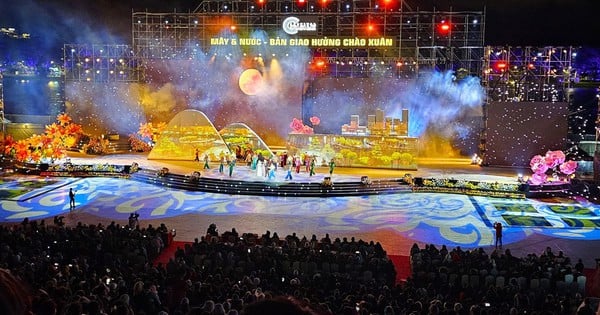
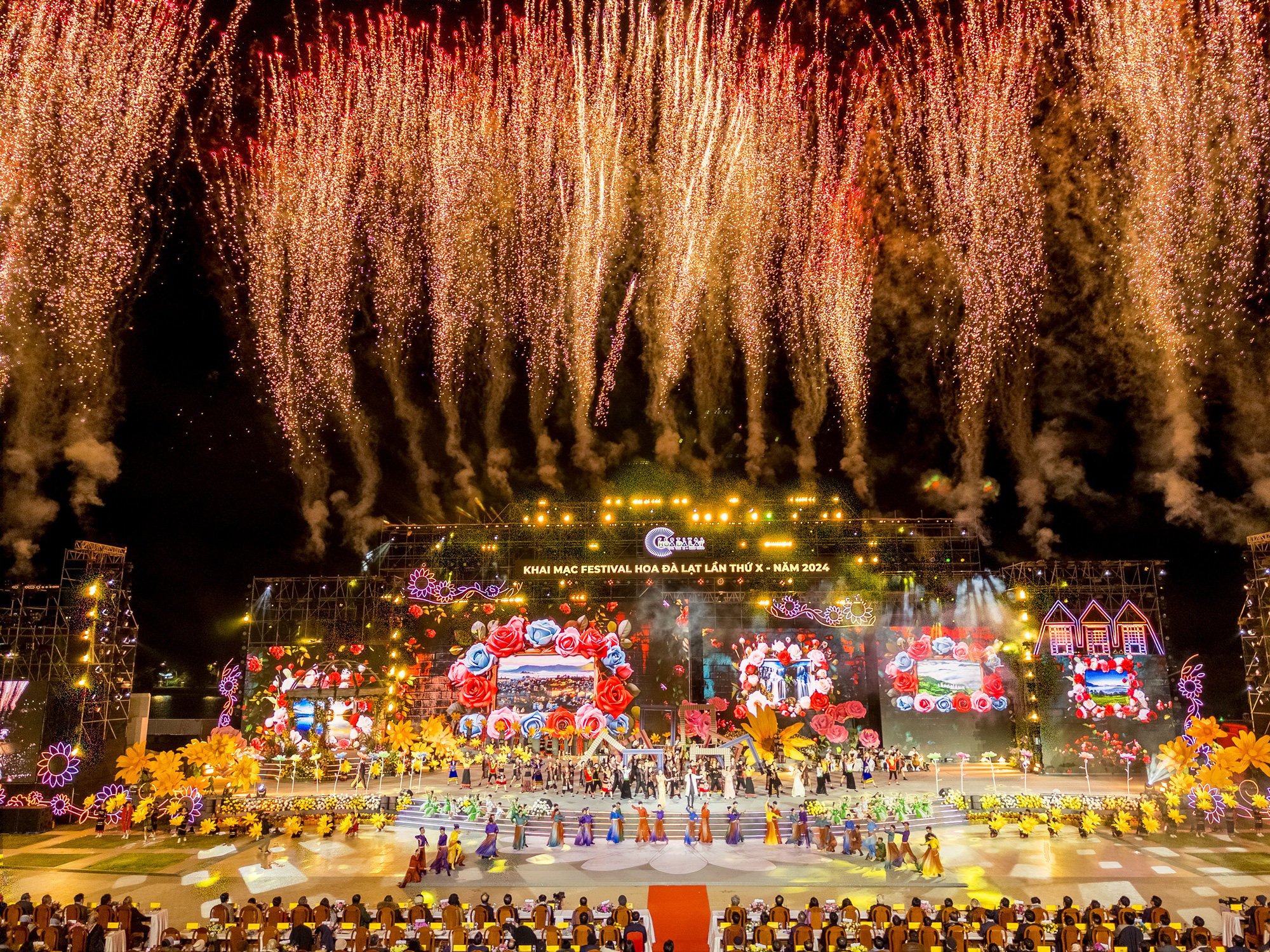





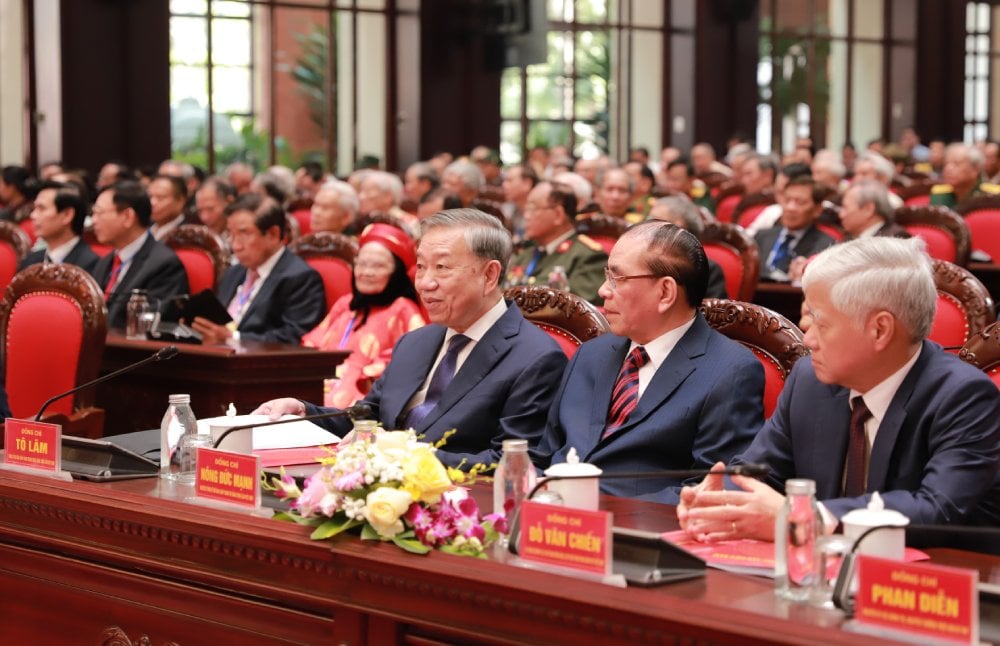













![[Photo] General Secretary To Lam meets with veteran revolutionary cadres, meritorious people, and exemplary policy families](https://vstatic.vietnam.vn/vietnam/resource/IMAGE/2025/4/15/7363ba75eb3c4a9e8241b65163176f63)





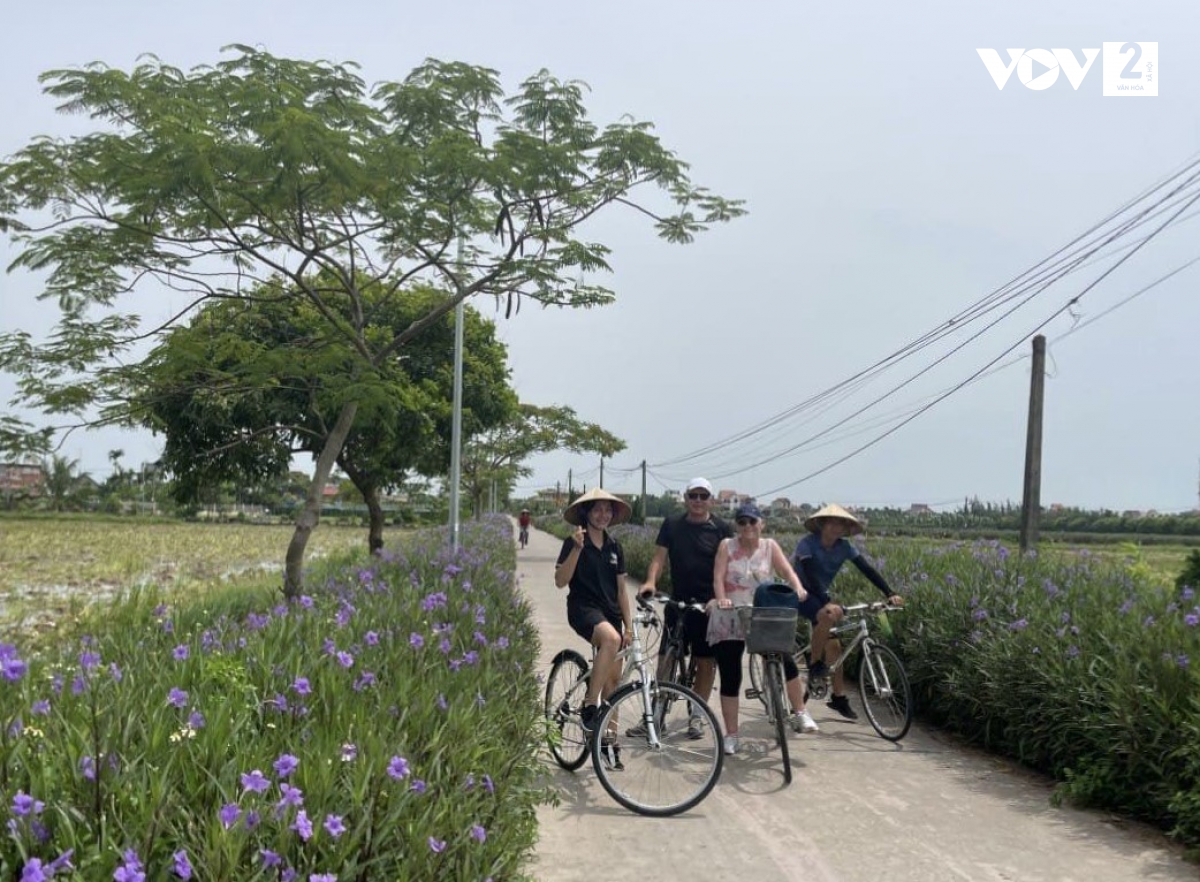

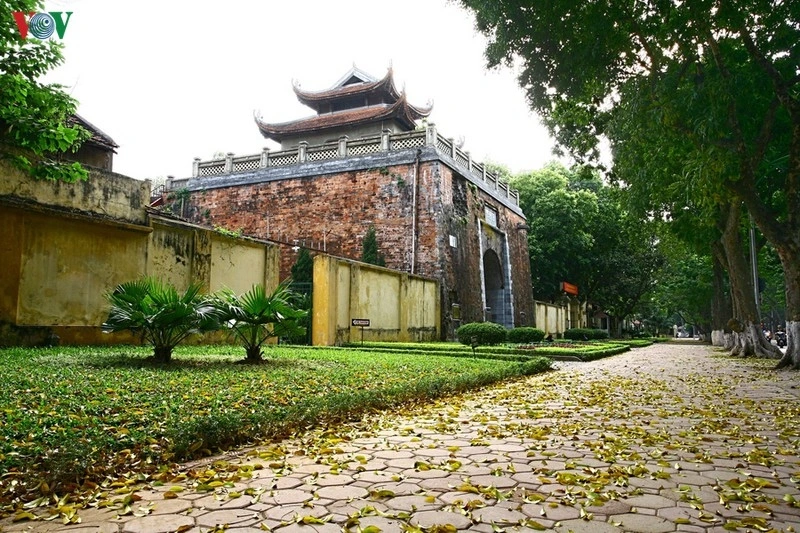
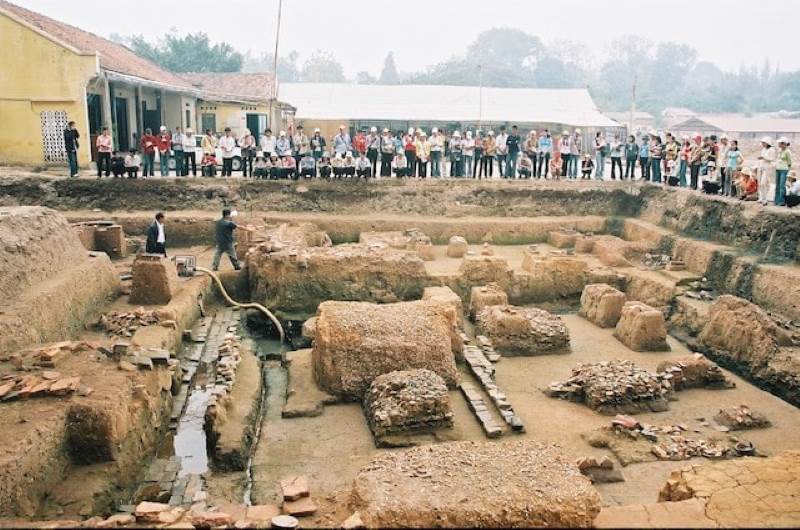





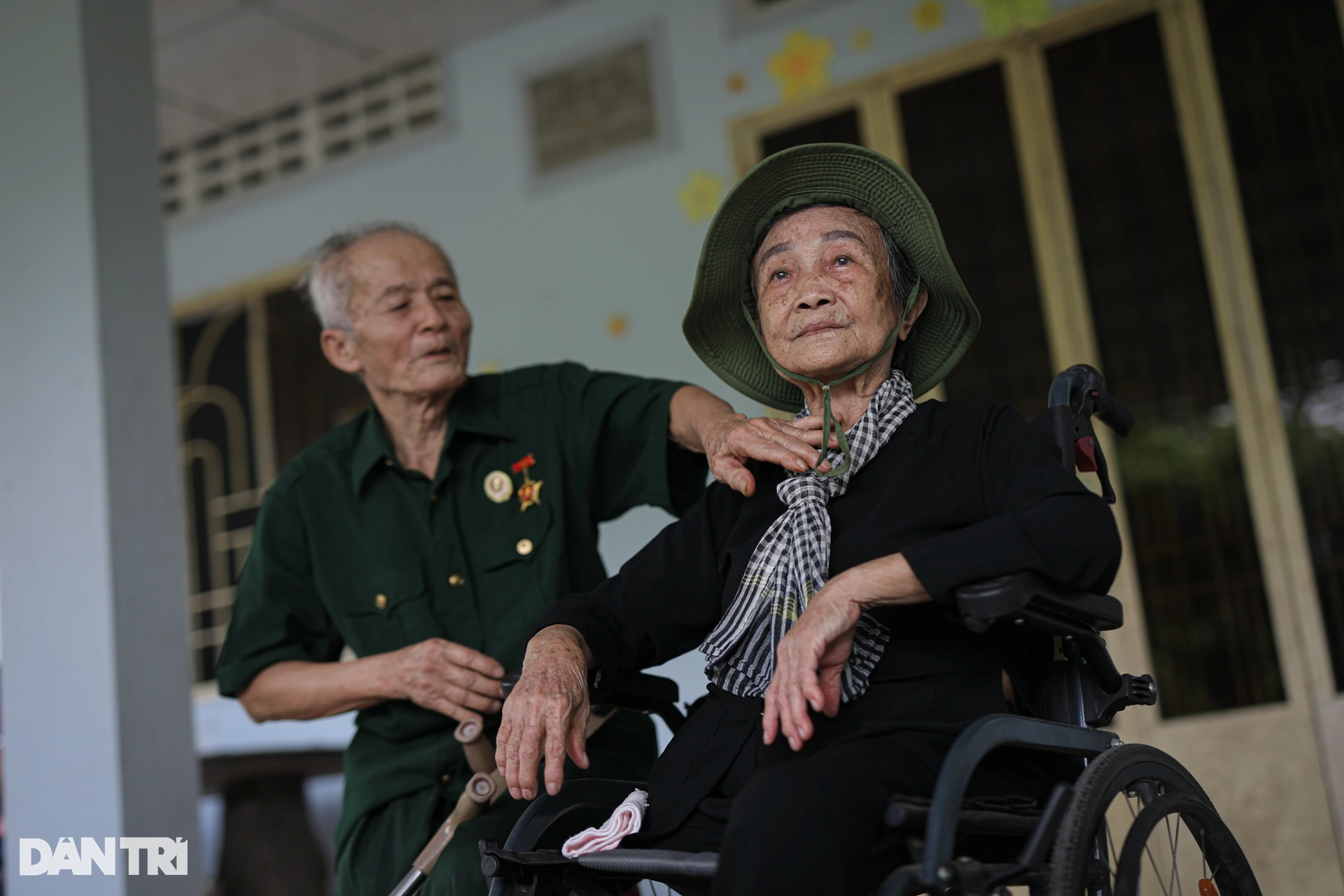

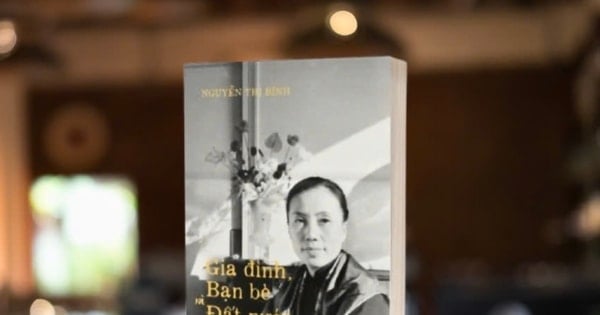



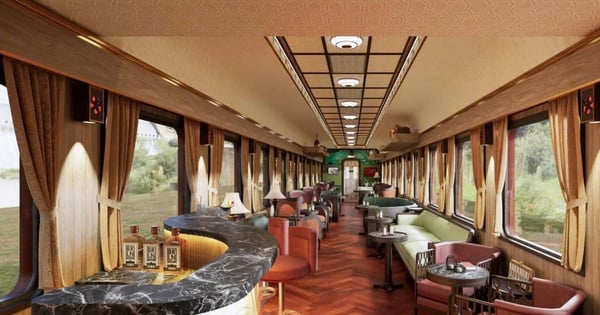






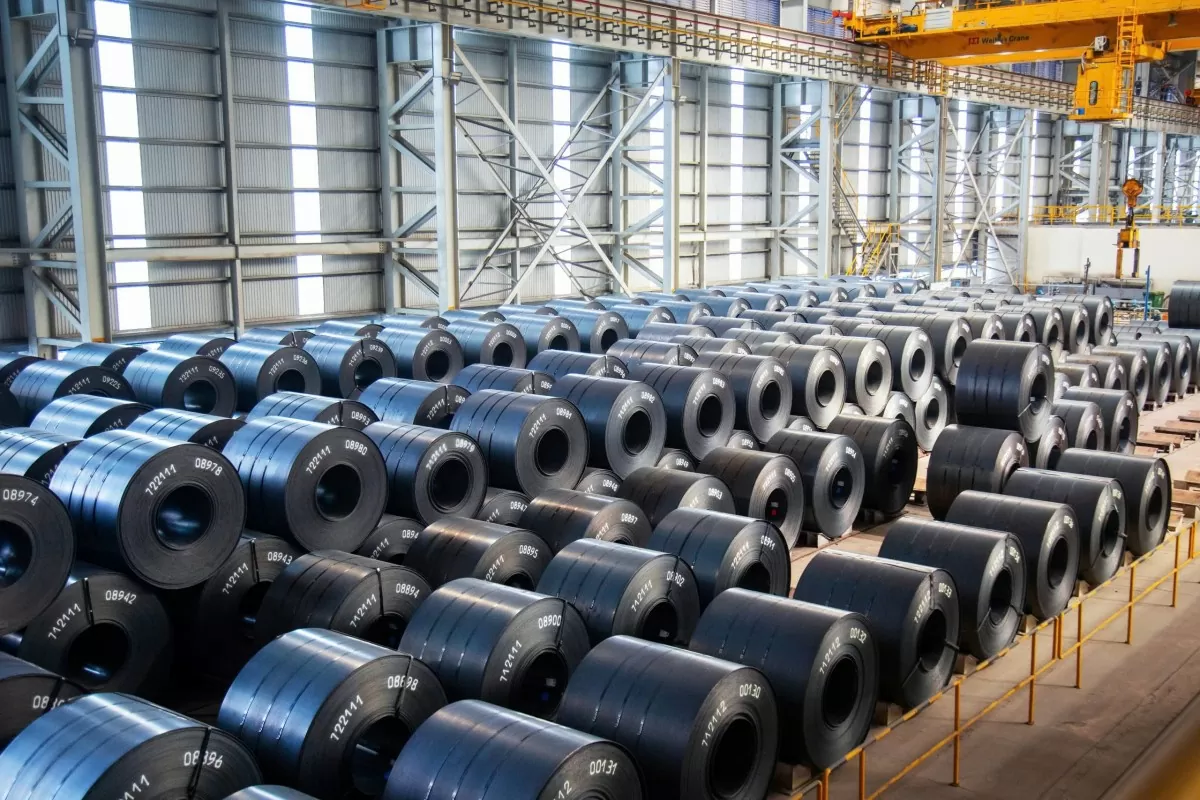

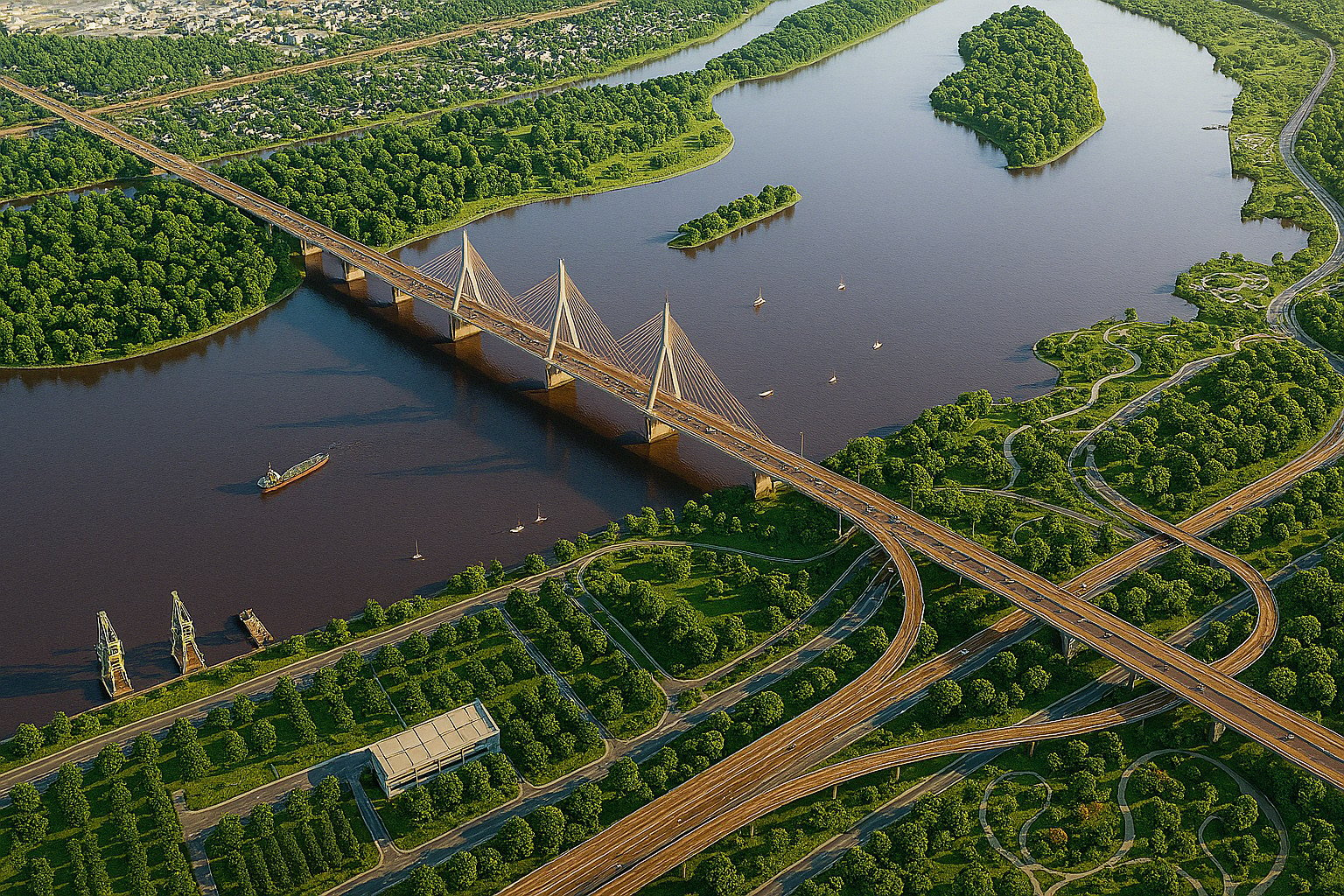

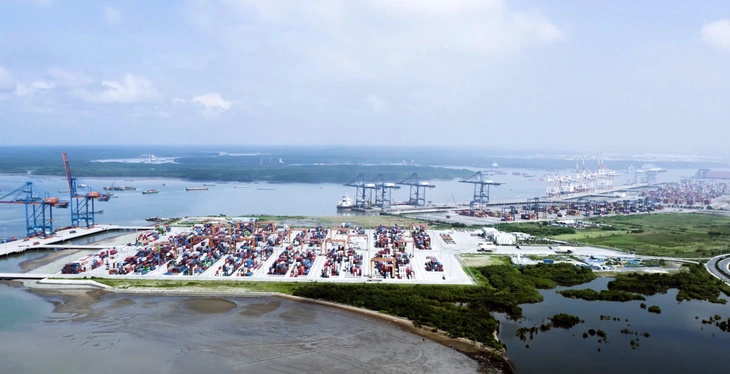




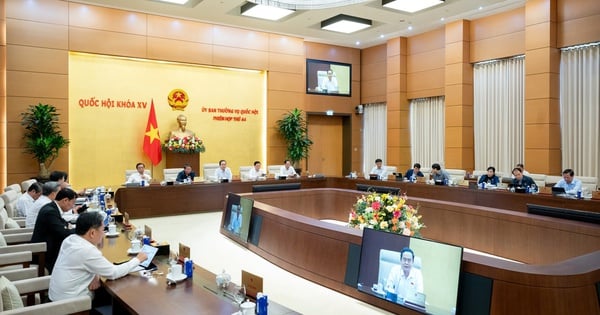

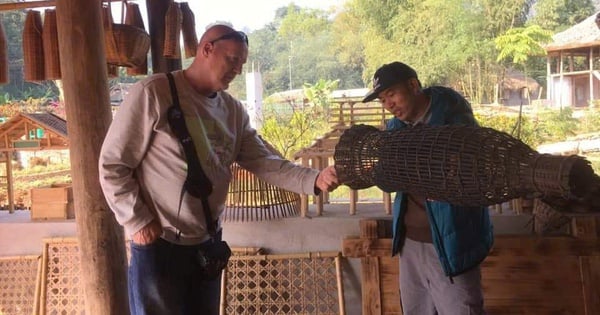



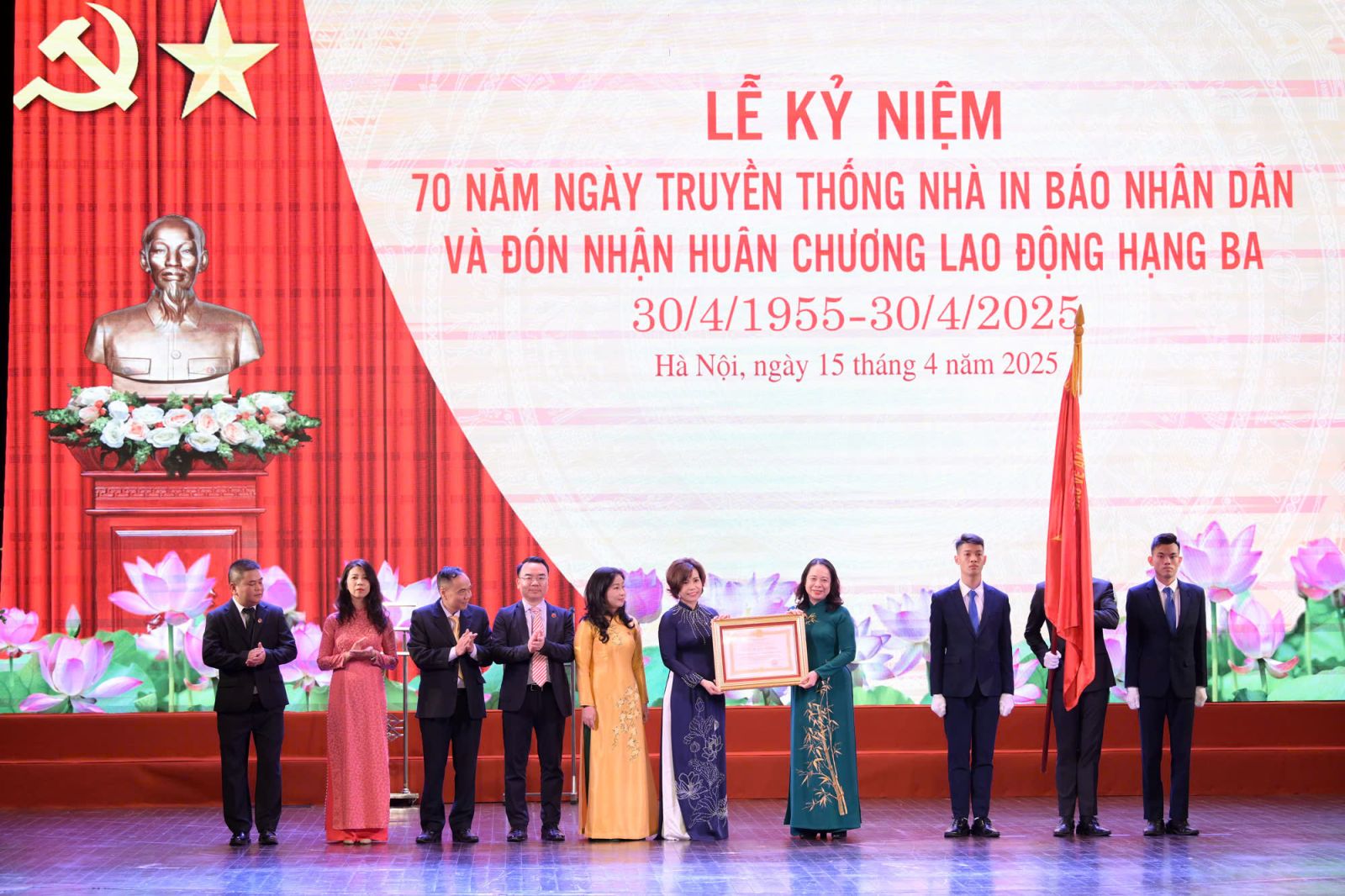
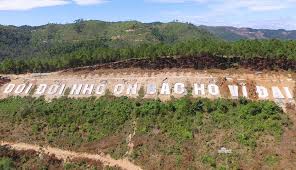




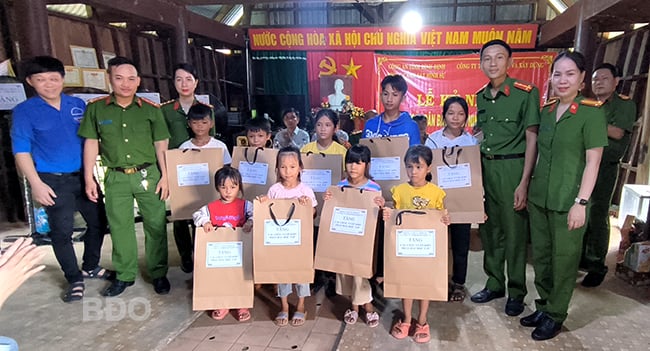

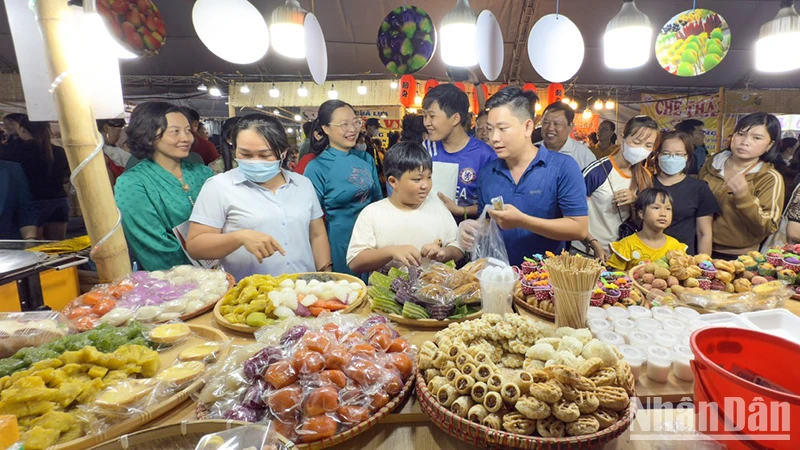
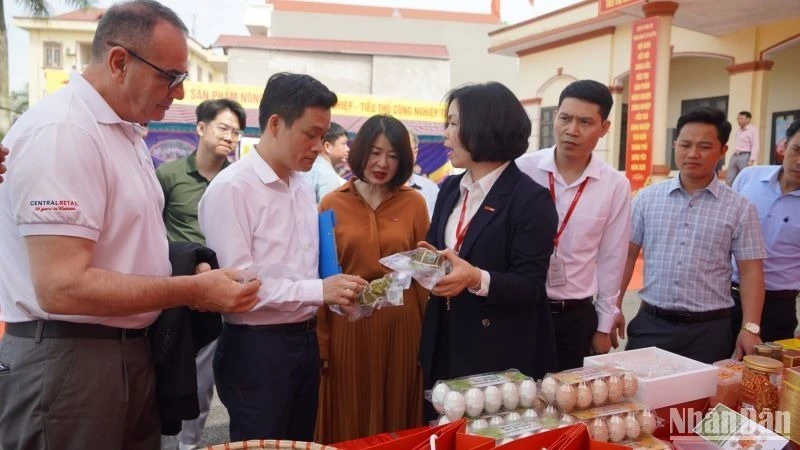
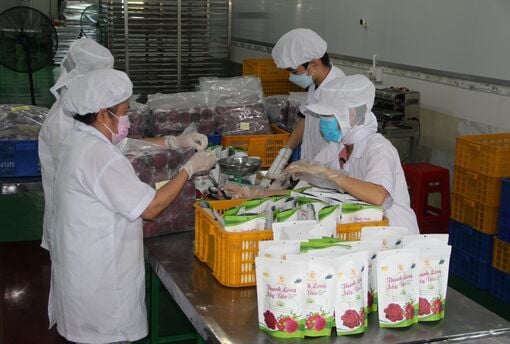




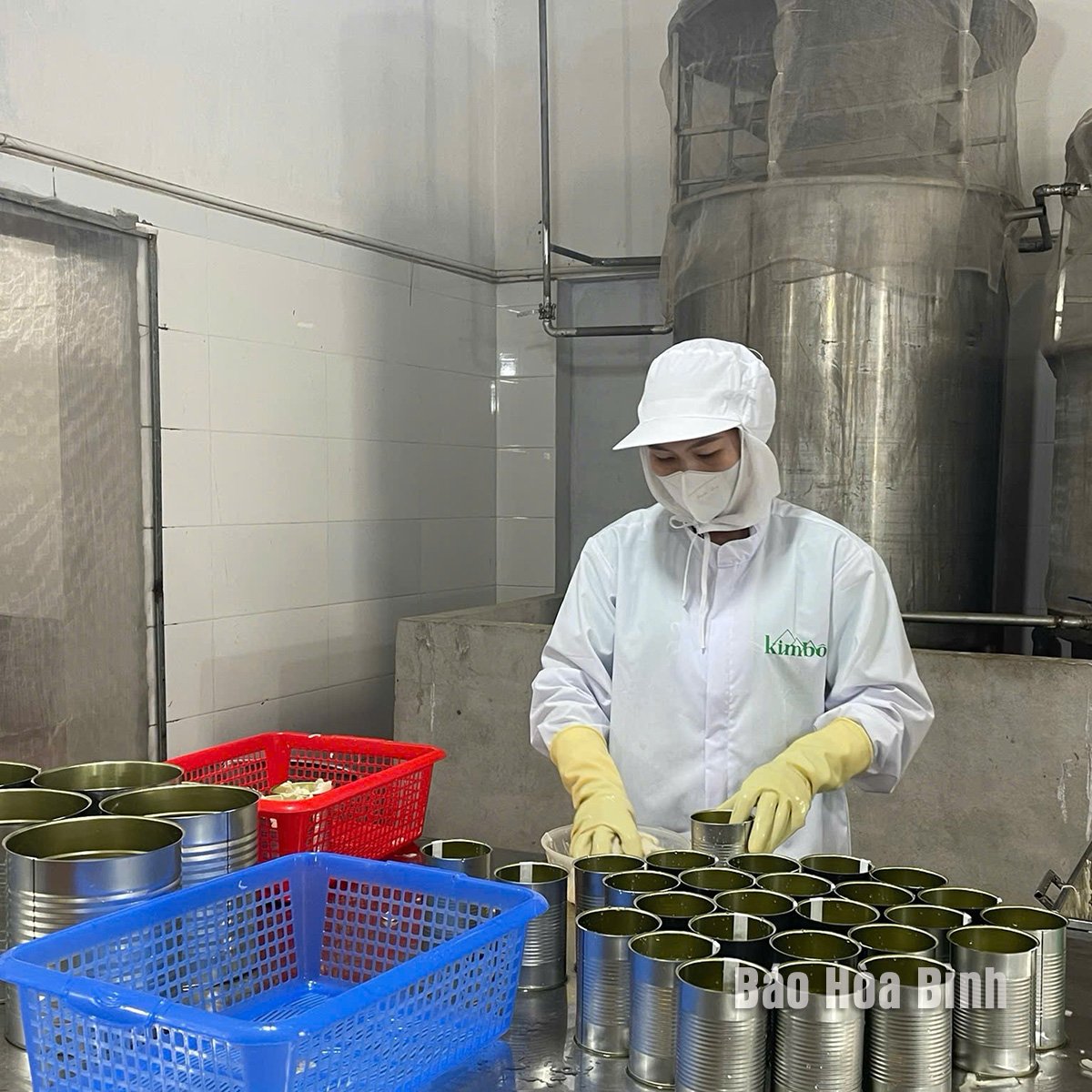

Comment (0)